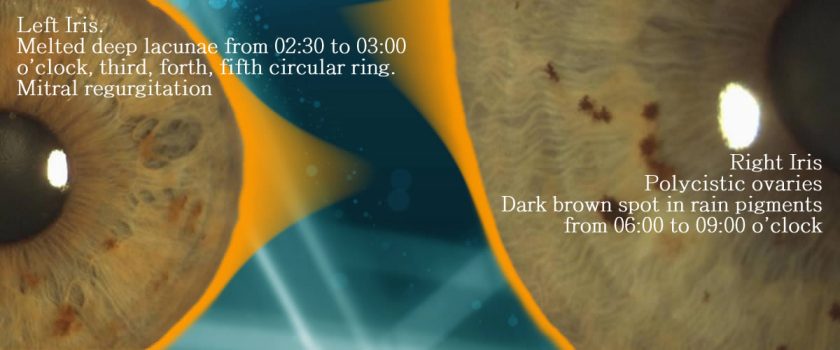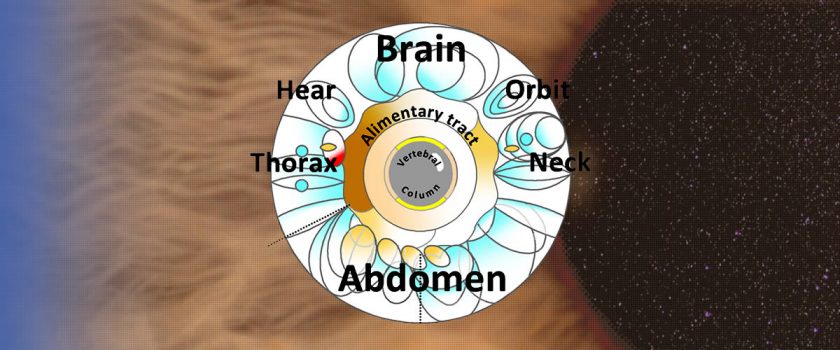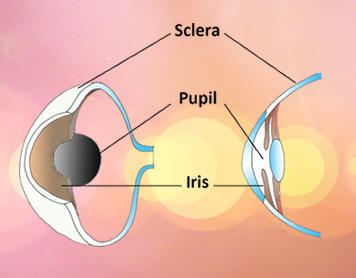
The anatomical sources on which iridology relies are three: the iris surface, the pupil and the sclera. Each of these structures provides information which integrates patient’s evaluation. Main iridology markings Lacunae. Oval or lozange shaped area without fibers or with very sparse one. Bright fibers. Lightening of texture. Transversal fibers. … Continue reading

The connections between internal organs and body surface are utilized in Iridology as well as in Traditional Chinese Acupuncture, Reflexology and Kinesiology. The founder of modern Iridology (I.V. Peczely) published the first map of the iris in 1880. Since then, many different iris maps have been published. The maps elaborated … Continue reading

Dictionary IRIS PATTERNS – TRANSLATIONS OF THE WORD “IRIDOLOGY” English: iridology German: Augendiagnose, Iridodiagnose French: Iridologie Spanish, Italian, Portuguase: Iridologia Dutch: Iriscopie, Irisdiagnostiek Russian: иридология Japanese: 虹彩学 Acetylcholine. Neurotransmitter inducing pupil constriction. Cholesterol Ring – (Sodium Ring, Gerontoxon) whitish band partially or wholly encircling the periphery of the … Continue reading

IRIS RECOGNITION AND IRIDOLOGY Iris analysis is used in two main fields: Iris recognition and Iridology. Iris recognition is a biometric automated method used in the field of privacy and security. Like a snowflake, the iris is unique: a distinctive pattern that forms randomly in uterus in a process called chaotic … Continue reading






